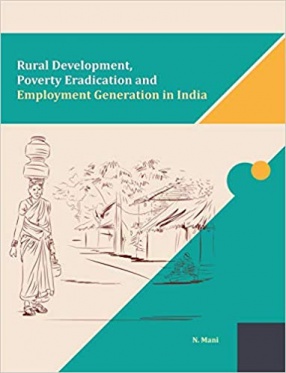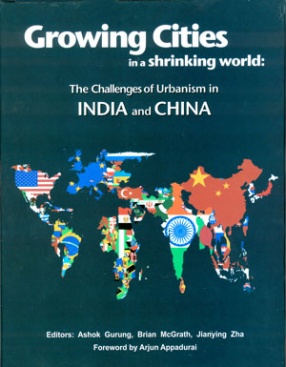Rural Development, Poverty Eradication and Employment Generation in India
According to 2011 Census, rural population formed 68.8 percent of the total population of India. With prospect of industrialisation and the consequent migration of rural population to urban areas, the percentage share of rural population in total population is expected to decline to 60 percent by 2030. Nevertheless, in the present scenario, the bulk of India’s population lives in rural areas. Rural development implies both the economic betterment of people as well as greater social transformation. Increased participation of people in the rural development process, decentralisation of planning, better enforcement of land reforms and greater access to credit and inputs are the pre-requisites in providing rural people with better prospects for improved quality of life. Improvements in housing, transport and communication, energy supply, health and education, water supply, and sanitation coupled with attitudinal changes are key elements of rural transformation. Alleviation of rural poverty has been one of the primary objectives of planned development in India. Ever since the inception of planning, the policies and the programmes have been designed and redesigned with this aim. Poverty in India is a chronic and multi-dimensional phenomenon. There is geography of poverty--poverty being concentrated mostly in the rural areas. There is sociology of poverty--certain social groups suffer from poverty the most. There are identifiable occupational features of the poor--they are concentrated in agriculture as landless labourers and artisans in rural areas. Progressive reduction of unemployment has been one of the principal objectives of economic planning in India. Hence, India’s poverty alleviation strategy has leaned towards wage employment programmes.
Get it now and save 10%
BECOME A MEMBER







Bibliographic information